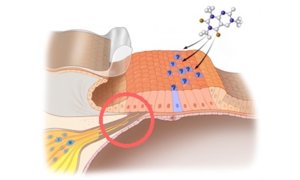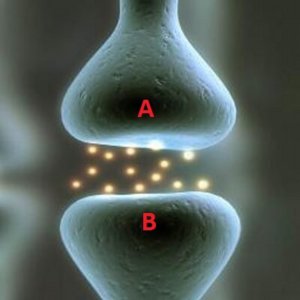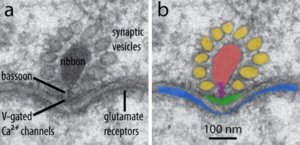That's very interesting. I wasn't aware of the missing discussion of preparation. Do you have any more information about this?
Some of my concerns, discussed below, may relate to this.
While I appreciate that other people chose to answer on my behalf, no one has explained my relative skepticism.
1) Most people here seem to be excited about Rivolta's work as a result of a PRESS RELEASE by action on hearing loss. AOHL has funded his work in the past and is currently funding his work. They also want people to contribute money. Thus, their press release is not an unbiased evaluation of the work. I generally don't get excited about press releases as they often overstate the actual results.
2) It's a single paper on a mouse model of auditory neuropathy which doesn't speak to how well it will do in other contexts.
3) Embryonic stem cells are challenging to work work with due to the possibility of tumors.
4) It isn't clear that the "worm gel" solves the problems. There are a few papers describing it, but none that show it can do what is needed here. Maybe it can, but I am skeptical until there is proof it works - first in some application and then in the inner ear. That proof may be forthcoming, but it doesn't exist yet so I am skeptical.
5) He hasn't followed up on this work in the 5 years since its publication. One would expect additional papers showing it works in a different species or refining the procedure in some way so that it is more effective. As far as I can tell, his subsequent published work hasn't built on this paper.
6) In looking at the papers that cite the 2012 paper, it doesn't appear that anyone else has replicated or improved upon it. (I didn't look carefully at every paper so I might have missed something.) Moreover, a paper on the prospects for replacing auditory neurons with stem cells (
https://www.ncbi.nlm.nih.gov/pmc/articles/PMC3594553/) written by Albert Edge and a co-author in 2013 does not reference this paper. One would think it would be the leading example.
My fifth and sixth points are consistent with what
@jeff W has shared.
Thus, I am more skeptical than many people here - including you:
Having said all of this, I would be very happy if he published a paper tomorrow that answers all of these concerns, but these are the reasons for my skepticism.

 Member
Member Manager
Manager Its a good method I just wish it would be available soon.
Its a good method I just wish it would be available soon. 




